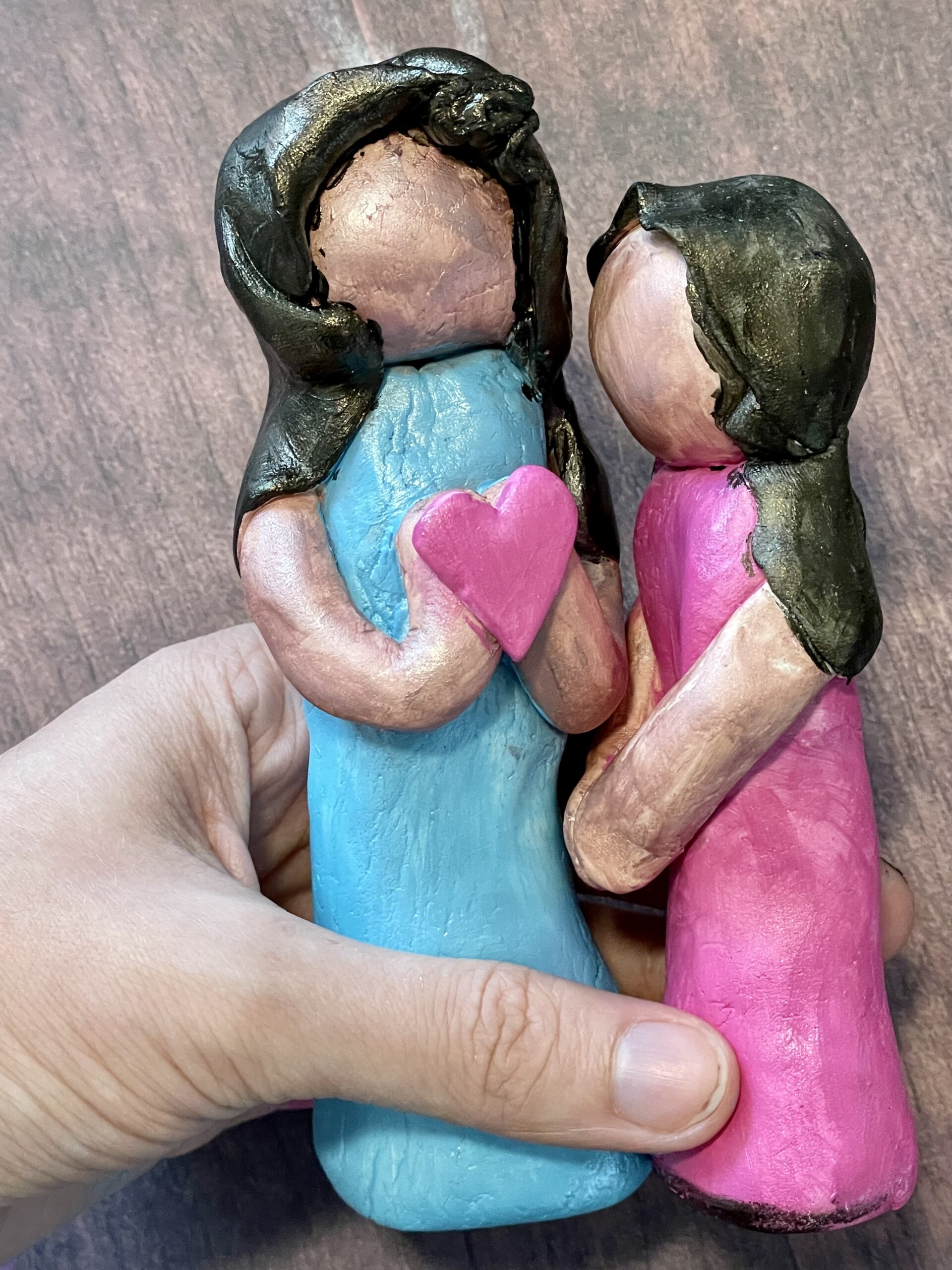
Curating joy in our life matters. It is more important than ever for parents to be intentional about creating experiences of joy for themselves and help their kids experience more of it. This focus will be key to supporting your family’s well-being. Collaborating with your kids to create routines that facilitate joy will enhance well-being, foster self-regulation and promote agency—all which will help your family experience more positive emotions in the day.
Begin a family discussion about joy
Joy is how we feel in the moment. Joy is an intense, momentary burst of positive emotion. We can tell we are experiencing joy because we feel it in our bodies as well as our minds. We smile and laugh; our posture opens up, and we may feel warm or light. Joy makes us feel like the best version of ourselves: energized, invigorated and alive (Fetell Lee, 2021).*
Through conversations with your family, invite them to brainstorm ideas about what joy means to them. Some questions to consider asking: What does joy mean to you? What are activities that bring you joy? What are some things that you would be willing to practice that would help you experience joy in your day?
Be intentional about a joy practice
Make it a fun family activity! After you and your family spend time reflecting on these questions, ask them if they would be willing to choose an activity to practice. Once you decide on your activities, post it in a visible place and put it on everyone’s schedule. Kids can begin with as little as five to 10 minutes a day. It is key for everyone to check in with themselves and each other about how this practice went for them.
Get curious about thoughts, feelings and behaviors that came up from this experience and write them down—no judgments, just observations and expanded awareness. It is a great way to connect with your family.
Make time for reflection
Consider these questions: How was this experience for you? How did this experience impact your day and connections with others? What are you willing to practice again? After you and your family talk about your experiences, it’s helpful to keep a list handy of “joy” activities to practice so that you can incorporate them in your day. It would also be helpful to put into your daily schedule other commitments which will be valuable in being intentional about supporting well-being.
Be mindful of what is working and not working for you and your family so that you can make any adjustments to practice joy on a consistent basis. This mindfulness will lead to you being motivated to repeat a particular practice again if you are seeing positive results in your lives. It is important to continue checking in with yourself and your family to support well-being.
Support well-being
It is important more than ever to create joyful moments in our day. As you and your family develop a daily practice, it sends a valuable message: Your family’s emotional health and well-being matter. This attitude will give your family members an inner strength and continue to develop resiliency to manage challenging times. It will also provide a sense of certainty for them and a better understanding of how they can support themselves in a meaningful way.
*Fetell Lee, I. (2021). Is this habit holding you back from joy? Blog post. Retrieved from https://aestheticsofjoy.com.
Stacy Roth writes from Wynnewood, Pennsylvania. She has taught in academia for 17 years and has provided counseling in clinical and school settings and has published articles in professional clinical, education and parenting publications.





